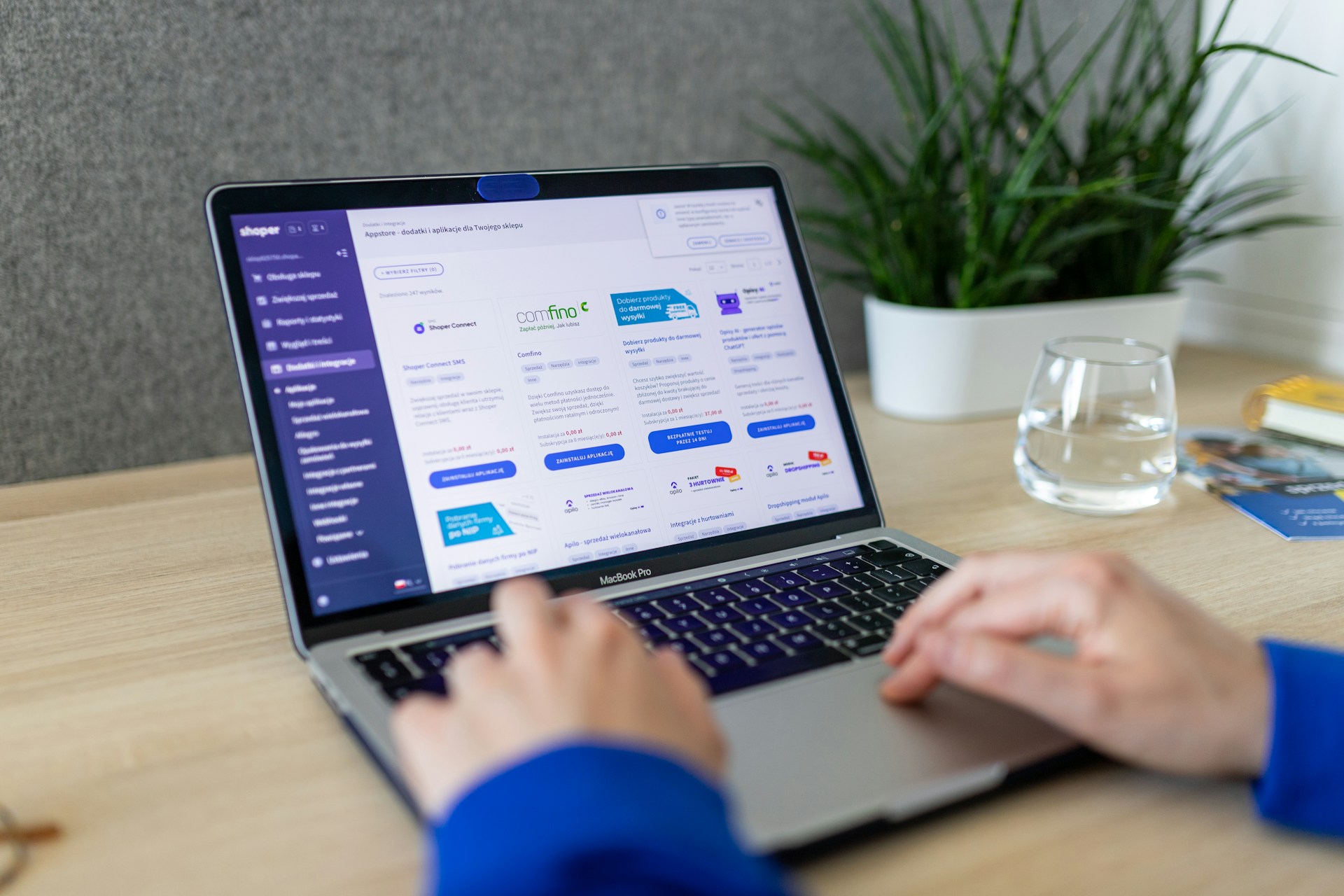
Exploring the Benefits of Email Segmentation for E-commerce Brands
Email marketing remains a powerful tool for e-commerce brands. However, with the average person receiving a staggering number of emails daily, generic email blasts are no longer sufficient to capture attention and drive conversions. This is where email segmentation comes in. By dividing your email list into smaller, more targeted segments, you can deliver highly relevant content that resonates with each group, ultimately boosting engagement and sales. In this article, we will explore the benefits of email segmentation for e-commerce brands in detail.
What is Email Segmentation?
Email segmentation involves dividing your email subscribers into smaller groups based on specific criteria such as demographics, purchase history, engagement level, or behavior. This allows you to tailor your messages to each segment, making your emails more relevant and effective.
1. Increased Engagement and Open Rates
Relevance is Key
Segmented emails are more relevant to the recipients, addressing their specific interests and needs. When subscribers receive content that resonates with them, they are more likely to open the email, read it, and engage with the content. Higher engagement leads to better open rates and click-through rates, driving more traffic to your website.
Personalized Content
Personalization goes beyond addressing the recipient by their first name. With segmentation, you can tailor the entire content of the email to match the preferences and behaviors of each segment. For instance, you can recommend products based on previous purchases or send birthday discounts. Personalized content makes subscribers feel valued and understood, fostering a stronger connection with your brand.
2. Improved Conversion Rates
Targeted Promotions
By segmenting your email list, you can create targeted promotions that cater to the specific needs and interests of each group. For example, you can offer discounts on products that a particular segment has shown interest in or bundle complementary products. Targeted promotions are more likely to convert because they address the immediate needs of the recipients.
Abandoned Cart Recovery
Abandoned cart emails are a powerful tool to recover lost sales. By segmenting your email list, you can send tailored abandoned cart emails that remind customers of the items they left behind and incentivize them to complete their purchase with a discount or free shipping offer. Personalized abandoned cart emails have a higher chance of converting compared to generic reminders.
3. Enhanced Customer Retention
Nurturing Relationships
Segmentation allows you to send tailored content that nurtures your relationship with customers. For example, you can send educational content, product usage tips, or exclusive updates to loyal customers. By providing value beyond promotions, you keep your brand top-of-mind and foster long-term loyalty.
Re-engagement Campaigns
Not all subscribers are equally engaged. Segmentation helps you identify inactive subscribers and create re-engagement campaigns to win them back. For instance, you can send a special offer or a survey to understand their preferences better. Re-engagement campaigns show that you care about your subscribers and are willing to make an effort to bring them back.
4. Better Understanding of Your Audience
Data-Driven Insights
Segmentation provides valuable insights into the preferences, behaviors, and needs of different customer groups. By analyzing the performance of segmented campaigns, you can identify trends and patterns that help you refine your marketing strategy. Understanding your audience better allows you to make informed decisions and tailor your offerings to meet their expectations.
A/B Testing
Segmentation enables more effective A/B testing by allowing you to test different variables within specific segments. For example, you can test subject lines, email designs, or call-to-action buttons with different segments to see what resonates best. A/B testing with segmented lists provides more accurate results, helping you optimize your campaigns for better performance.
5. Reduced Unsubscribes and Spam Complaints
Respecting Preferences
When subscribers receive relevant and personalized content, they are less likely to unsubscribe or mark your emails as spam. Segmentation ensures that you respect the preferences and interests of your subscribers, leading to a more positive email experience. This helps maintain a healthy email list and improves your sender reputation.
Frequency Management
Different segments may have different preferences for email frequency. By segmenting your list, you can manage the frequency of emails sent to each group, ensuring that you do not overwhelm subscribers with too many emails. Respecting frequency preferences reduces the risk of unsubscribes and keeps your audience engaged.
Conclusion
Email segmentation is a powerful strategy for e-commerce brands looking to boost engagement, conversions, and customer retention. By delivering personalized and relevant content to specific segments of your audience, you can create a more meaningful connection with your subscribers and drive better results from your email marketing efforts. Start segmenting your email list today and unlock the full potential of your email marketing campaigns.


